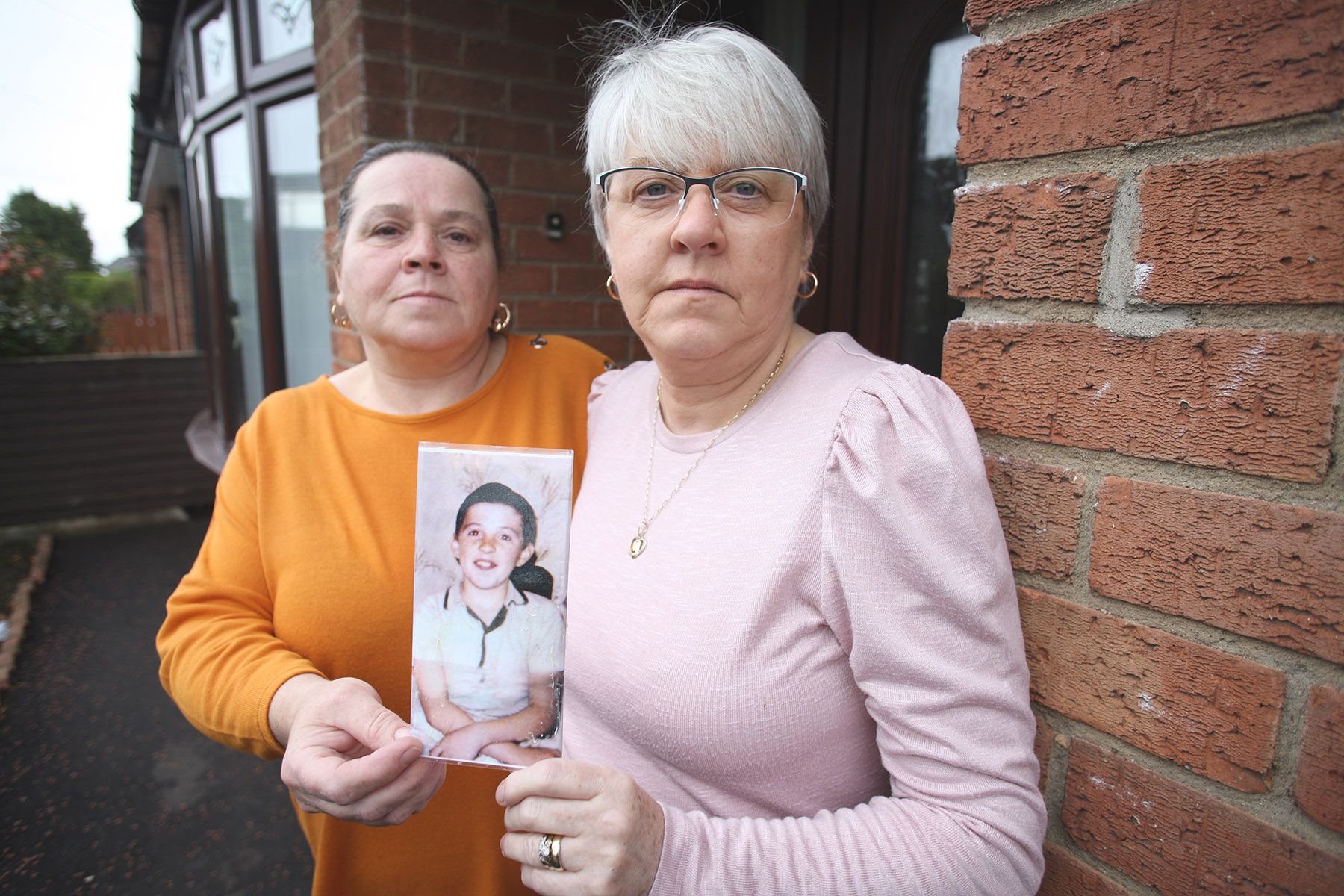THE family of a West Belfast teenager shot dead by the British Army in July 1972 have commenced High Court civil proceedings against the Ministry of Defence and Chief Constable of the PSNI over his killing.
Gerard Gibson (16) was killed by the British Army in Lenadoon on July 11, 1972.
His death came in the aftermath of the ending of a truce between the IRA and British Army. On the afternoon of July 11, just two days after the ceasefire ended, Gerard Gibson was in the area of Carrigart Avenue off the Suffolk Road when he was struck by a single bullet just above his left eye. He was rushed to the Royal Victoria Hospital but was pronounced dead at the hospital.
Pauline Scott, Gerard’s sister said the impact of Gerard’s death upon the family was 'immense'.
"He was loved and is missed everyday within our households," she said. "We lost our mother within the last few years, and we know that she would have wanted us to try and obtain some form of acknowledgement from the state, which she was unable to obtain in her own lifetime.
"We hope that the information that is disclosed and provided to us through our court case will not only shed light on how Gerard was killed but assist other families who lost loved ones around that time.”
A soldier who provided evidence at the time of the shooting, gave an account that he was on observation duties on Black Mountain and using a high powered telescope to survey the area saw two gunmen, one of whom was allegedly Gerard, take up a position on Suffolk Road and fire at a passing Saracen.
The soldier further indicated that he saw one of the gunmen grab his face, drop his rifle and fall forward. It was the soldier’s opinion that the rifle had somehow exploded in the gunman’s face and he radioed this account in.
The RUC who subsequently took charge of the investigation maintained that Gerard was not shot by the army. The RUC, led by the soldiers account, maintained that Gerard had been killed by a misfire/explosion of a weapon he was holding and trying to use. This conclusion was drawn despite contrary eyewitness evidence alongside there having been no traces of gunpowder residue on Gerard’s hands or clothes, as confirmed by forensics shortly after his death.
A post mortem carried out by Dr Carson on July 13 recovered one spent 7.62mm calibre bullet. This round was typically fired by British standard issue SLRs. The post mortem report stated the feature of the entrance wound indicated that the bullet entered side on. The pathologist went on to say that the shape of the entry wound might suggest that the bullet was a ricochet, however as the bullet did not appear damaged, he believes it was “tumbling in flight” at the time it struck the deceased.
An inquest into Gerard’s death was held on November 7 that year at Lisburn Court with an open verdict having been returned. The forensic evidence and eyewitness depositions were largely withheld from the Coroner.
VICTIM: Gerard Gibson (16) who was shot dead in July 1972
Gerard’s death was subsequently investigated by the now defunct Historical Enquiries Team (HET) who corroborated the findings of Dr Carson that Gerard was struck to the side of his head with a bullet which had been fired and his death was not caused as a consequence of a weapon he was holding “misfiring”. Crucially the HET also uncovered military logs which confirmed that Gerard had been shot by soldiers who were stationed in the area and most likely situated in a factory which was located nearby. This information would have been available to those investigating as it was recorded in a radio log at Army HQ following the shooting.
In addition, through research undertaken by Papertrail a letter from General Officer Commanding, Harry Tuzo was unearthed which showed the British Army's planned actions once the ceasefire broke down.
In a letter to the Secretary of State William Whitelaw dated the 9th July 1972, he outlines his views as follows: “In these circumstances the soldiers means of retaliation must not be too restricted … the rules of engagement must be altered to meet the new situation… the powers of the security forces will need to be increased and there must, in particular be some form of indemnity.”
At a meeting at Stormont Castle the following day, the Secretary of State, the Deputy Chief Constable alongside Henry Tuzo and others discussed the ending of the ceasefire. It was recorded that the “army should not be inhibited in its campaign by the threat of court proceedings and should therefore be suitably indemnified”
It was on foot of this discovery that the family decided to initiate civil proceedings against the MoD and Chief Constable of the PSNI as successor of the RUC.
Eoin Murphy of Ó Muirigh Solicitors, who are representing the family, said: “There remain significant issues surrounding the investigation of this murder. In short, it is clear that no real efforts were made to investigate this incident by the RUC. It should have been clear from the outset that Gerard was shot and killed by a 7.62 round, which was fired directly at him by members of the British Army.
"The theory the he died as a result of a gun exploding in his face is fanciful and does not survive the forensic analysis of Dr Carson. The family have been misled and denied answers for almost 50 years.
"They believe that only through these civil proceedings can the full facts concerning their brother’s death be brought to light and that culpable and discreditable conduct by the police and the Ministry of Defence be exposed.”
Relatives for Justice have worked with the Gibson family over the last number of years.
In a statement, they said: “We are delighted with the continuing progress in the case of Gerard Gibson. It is essential the misleading state narrative around how Gerard lost his life is corrected.
"This is an important case, particularly because of the documentation that was discovered around the discussions taking place in Stormont regarding British Army activity in the days leading up to Gerard’s death. As ever, we are available to speak with anyone regarding the incident.”








